Last Updated on: 15th May 2024, 09:23 am
Did you know that the UK government’s HM Revenue and Customs (HMRC) processes over 30 million tax returns each year? Navigating the complexities of personal taxation can be daunting, but the personal tax account (PTA) offers a streamlined solution to managing your tax affairs online. This digital service puts you in control, allowing you to handle a range of tax-related tasks with ease from the comfort of your own home.
HMRC offer a range of digital services for those who want to deal with their tax or tax credits online. These services allow you to carry out transactions online such as filing your self-assessment tax return or, if you are an employer, managing your pay as you earn (PAYE) scheme. One of the main online services relevant for individuals is the personal tax account (PTA) which allows you to manage your affairs with HMRC online. This is similar to an online bank account, but for tax. Using your personal tax account, you can check your records and manage your details with HM Revenue and Customs (HMRC). This service is also available in Welsh (Cymraeg).
What is a Personal Tax Account?
The personal tax account is an online service provided by HM Revenue and Customs (HMRC) that allows you to manage your UK tax affairs. With your personal tax account, you can easily access and oversee various aspects of your income tax, national insurance contributions, tax credits, and other tax-related matters.
An Overview of the Service
Through your personal tax account, you can conveniently handle a range of tax-related tasks, including filing your self-assessment tax return, checking your tax code, and managing your tax payments and tax liabilities. The service also provides you with a comprehensive view of your tax history, allowing you to track your tax calculations and any tax rebates you may be entitled to.
Benefits of Using a Personal Tax Account
The key benefits of using a personal tax account include the ability to:
- Access your tax information securely and conveniently online
- Manage your tax affairs at a time that suits you, without having to contact HMRC by phone or post
- Stay up-to-date with your tax deadlines and tax payments
- Easily track your income tax and national insurance contributions over time
- Claim any eligible tax credits and tax rebates
By utilising the personal tax account, you can take control of your tax responsibilities and ensure you are meeting your obligations while maximising your tax benefits.
Setting Up Your Personal Tax Account
To use the personal tax account and other HMRC online services, you’ll need to sign in using your Government Gateway user ID and password. If you haven’t used the Government Gateway before, you’ll have to go through an identity verification process to register for an account.
Registering for a Government Gateway Account
To get started, you’ll need to create a Government Gateway account. This can be done by visiting the HMRC website and selecting the “Sign in” or “Create account” option. You’ll be prompted to provide your national insurance number, UK postcode, and other personal details to verify your identity.
Verifying Your Identity
Once you’ve created your Government Gateway account, you’ll need to verify your identity to access the personal tax account and other HMRC online services. This process may involve providing additional information, such as your UK passport, UK driving licence, or UK biometric residence permit. You may also be asked to upload a payslip or P60 to confirm your employment details.
If you’re claiming tax credits or filing a self-assessment tax return, you’ll need to verify your identity using your credit record information. This helps HMRC ensure that you are the rightful owner of the account and can access your tax information securely.
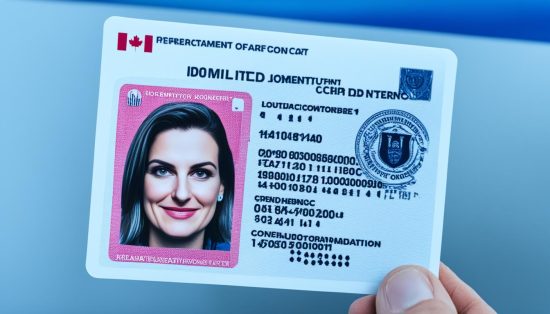
Managing Your Income Tax
Your personal tax account allows you to manage various aspects of your income tax affairs. This includes checking your income tax estimate and tax code, submitting your personal tax returns, and claiming any tax refunds you may be entitled to.
1. Checking Your Income Tax Estimate and Tax Code
Within your personal tax account, you can view an estimate of your income tax liability for the current and previous tax years. This can help you plan your tax payments and ensure you are paying the correct amount of tax. You can also check and update your tax code, which determines how much income tax is deducted from your salary.
2. Submitting Personal Tax Returns
If you need to file a self assessment tax return, you can do so directly through your personal tax account. This allows you to submit your personal tax return online, ensuring it is received by HM Revenue and Customs (HMRC) on time and avoiding any potential tax penalties.
3. Claiming Tax Refunds
If you have overpaid your income tax or are eligible for a tax refund, you can use your personal tax account to claim a tax rebate. The service will guide you through the process of calculating your tax liability and tax payments, making it easier to identify any tax overpayments and request a tax refund.
Handling Child Benefit
Your personal tax account allows you to check and manage your child benefit. You can view the details of any child benefit payments you receive and make updates to your claim as required. This gives you full visibility and control over your child benefit entitlement through the convenient HMRC online services provided by your personal tax account.
By accessing your personal tax account, you can easily monitor any child benefit payments you or your partner may be receiving. This includes details such as the amount, payment dates, and the child or children covered by the claim. If there are any changes to your family circumstances, you can promptly update your child benefit claim through your personal tax account.
The personal tax account simplifies the management of your child benefit, allowing you to stay on top of this important financial support without the need for extensive paperwork or phone calls to HMRC. By utilising this digital service, you can ensure your child benefit claim remains accurate and up-to-date, optimising the financial assistance available to your family.
Tracking Your Income and Tax Payments
Your personal tax account provides a comprehensive view of your income and tax payments over the past 5 tax years. This feature allows you to stay informed about your financial situation and ensure your tax affairs are up-to-date.
1. Viewing Income from Work
Within your personal tax account, you can see a breakdown of your income from work for each tax year. This includes details such as your employment income, any benefits in kind, and other taxable earnings. By reviewing this information, you can verify that your income tax paid aligns with your total remuneration.
2. Checking Income Tax Paid
Your personal tax account also displays the income tax paid throughout the tax year, either through your employer’s PAYE (Pay As You Earn) system or any tax payments you have made directly to HMRC. This allows you to track your tax liability and ensure the correct tax calculation has been applied to your earnings.
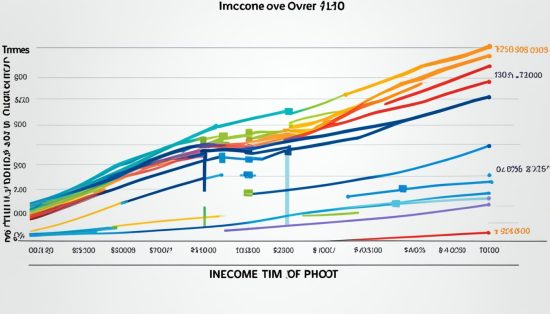
| Tax Year | Income from Work | Income Tax Paid |
|---|---|---|
| 2022-2023 | £45,000 | £9,000 |
| 2021-2022 | £42,000 | £8,400 |
| 2020-2021 | £38,000 | £7,600 |
| 2019-2020 | £40,000 | £8,000 |
| 2018-2019 | £35,000 | £7,000 |
Dealing with Tax Credits
The personal tax account allows you to check and manage any tax credits you receive, such as Universal Credit and Pension Credit. This digital service provides a convenient way for you to stay on top of your income and any changes in your circumstances, ensuring you receive the correct tax credits and payments.
1. Checking and Managing Tax Credits
Through your personal tax account, you can view the details of any tax credits you are currently receiving. This includes information on the amounts you are entitled to, as well as the payment schedule. You can also make updates to your tax credit claims if your income or self-employment status changes.
2. Reporting Changes in Circumstances
If you experience a change in circumstances, such as a new job, a change in income, or the birth of a child, you can easily report these updates through your personal tax account. This ensures that HMRC has the most accurate and up-to-date information, allowing them to adjust your tax credits accordingly and avoid any potential overpayments or underpayments.
State Pension and National Insurance
Your personal tax account provides valuable information related to your State Pension and National Insurance contributions. This section allows you to stay informed about your retirement benefits and ensure you are making the necessary national insurance payments to qualify for the state pension.
1. Checking Your State Pension
Within your personal tax account, you can view details about your state pension, including your projected retirement income and the number of qualifying years you have contributed towards your pension. This information can help you plan effectively for your financial future and identify any gaps in your national insurance contributions that may impact your state pension entitlement.
2. Voluntary National Insurance Contributions
The personal tax account also allows you to check your national insurance contribution record and make voluntary national insurance payments. This is particularly useful if you have gaps in your contributions, as you can top up your record to ensure you qualify for the full state pension when you reach retirement age. Making voluntary national insurance contributions can be an effective way to boost your future pension income.
| Feature | Description |
|---|---|
| State Pension Details | View your projected state pension income and the number of qualifying years you have contributed. |
| National Insurance Contributions | Check your national insurance contribution record and make voluntary payments to fill any gaps. |
| HMRC Online Services | Access your personal tax account to manage your state pension and national insurance information. |

Tracking Submitted Forms
The personal tax account provided by HM Revenue and Customs (HMRC) offers a convenient way to track any tax forms you have submitted online. This feature gives you a comprehensive record of your previous tax filings and submissions, allowing you to easily reference your past interactions with HMRC’s online services.
Whether you have filed your self-assessment tax return electronically or updated your personal information through the tax forms available in your account, the personal tax account keeps a detailed history of these activities. This transparency enables you to monitor your tax affairs proactively and ensure that all your online filing has been accurately processed by HMRC.
By utilising the tracking capabilities of your personal tax account, you can quickly retrieve information about the forms you have submitted, the dates they were filed, and the status of your tax submissions. This valuable feature helps you stay organised and on top of your tax obligations, reinforcing the benefits of managing your personal tax account through HMRC’s online services.
Personal Tax Account
Your personal tax account with HM Revenue and Customs (HMRC) allows you to manage various personal details and work-related benefits. This digital service gives you the flexibility to update your information, ensuring your personal tax account remains accurate and up-to-date.
1. Updating Your Personal Details
Through your personal tax account, you can easily make changes to your personal details, such as your name or address. Whether you’ve recently got married and changed your surname, or you’ve moved to a new home, you can update this information directly on your account. This helps to ensure HMRC has the correct personal details associated with your tax affairs.
2. Managing Work-Related Benefits
Your personal tax account also allows you to manage any work benefits you receive, such as a company car or medical insurance. You can view the details of these benefits and make any necessary updates, ensuring HMRC has an accurate record of your hmrc online services-related compensation.
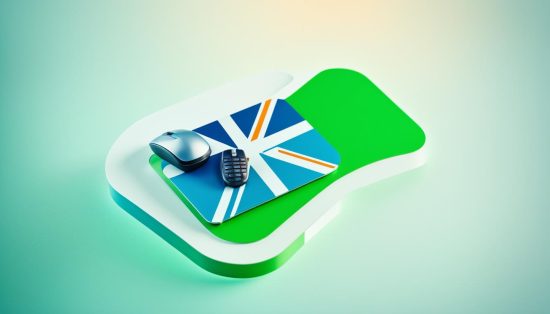
By utilising the comprehensive features of your personal tax account, you can conveniently maintain control over your personal information and work-related benefits, providing HMRC with the most up-to-date details to support your tax obligations.
Finding Important Reference Numbers
The personal tax account can help you locate two crucial tax-related reference numbers: your national insurance number and your unique taxpayer reference (UTR).
1. Locating Your National Insurance Number
Your national insurance number is a unique identifier used by HM Revenue and Customs (HMRC) to record your national insurance contributions and entitlements. You can easily find your national insurance number through your personal tax account. This number is essential for managing your tax affairs, including filing your self-assessment tax return and checking your state pension details.
2. Finding Your Unique Taxpayer Reference (UTR)
The unique taxpayer reference (UTR) is another important tax-related number that you can access through your personal tax account. Your UTR is assigned by HMRC and is used to identify you for self-assessment tax purposes. You’ll need your UTR when filing your self-assessment tax return or communicating with HMRC about your tax affairs.
By having easy access to your national insurance number and unique taxpayer reference through your personal tax account, you can streamline various tax-related tasks and ensure you have the necessary information at your fingertips when managing your HMRC online services and personal tax account.
3. Simple Assessment Tax Bills
Your personal tax account provides information about any Simple Assessment tax bills you may have. Simple Assessment is a process where HMRC calculates your tax bill without you having to file a tax return.
Through your personal tax account, you can view details of any Simple Assessment tax bills you’ve received from HMRC. This includes the total amount owed, the due date for payment, and options for paying your tax bill online using HMRC online services.
If you have any questions or need assistance with your Simple Assessment tax bill, you can contact HMRC directly through your personal tax account. Their team of tax experts will be happy to provide guidance and support to ensure you meet your tax obligations accurately and on time.
Conclusion
The personal tax account is a comprehensive online service provided by HMRC that allows you to easily manage your UK tax affairs. From filing tax returns and claiming refunds to tracking income and National Insurance contributions, the personal tax account puts you in control of your tax matters. By utilising this digital service, you can conveniently handle your tax responsibilities at a time that suits you, without having to contact HMRC by phone or post.
The personal tax account is a valuable tool for ensuring you stay on top of your tax obligations and optimise your financial situation. It provides a centralised platform to manage your personal tax account, HMRC online services, tax management, tax filing, tax payments, tax refunds, tax credits, national insurance, and even your state pension. This seamless integration of tax-related functions empowers you to take a proactive approach to your financial well-being.
Whether you’re filing your self-assessment tax return, tracking your income and tax payments, or managing your tax credits, the personal tax account offers a convenient and secure way to handle these tasks. By embracing this digital solution, you can stay informed, organised, and in control of your tax affairs, allowing you to focus on other important aspects of your life.
FAQ
1. What is a Personal Tax Account?
The Personal Tax Account is an online service provided by HMRC that allows you to manage your UK tax affairs. It is similar to an online bank account, but for tax, where you can check your records and manage your details with HMRC.
2. How do I set up a Personal Tax Account?
To set up a Personal Tax Account, you’ll need to register for a Government Gateway user ID and password. This involves verifying your identity using documents such as your National Insurance number, UK passport, or driving licence.
3. How do I manage my income tax through my Personal Tax Account?
Your Personal Tax Account allows you to check your income tax estimate and tax code, submit your personal tax returns, and claim any tax refunds you may be owed.
4. Can I manage my Child Benefit through my Personal Tax Account?
Yes, your Personal Tax Account provides you with the ability to view the details of any Child Benefit payments you receive and make updates to your claim as required.
5. How can I track my income and tax payments in my Personal Tax Account?
Your Personal Tax Account allows you to view your income from work and check the income tax you’ve paid over the past 5 years.
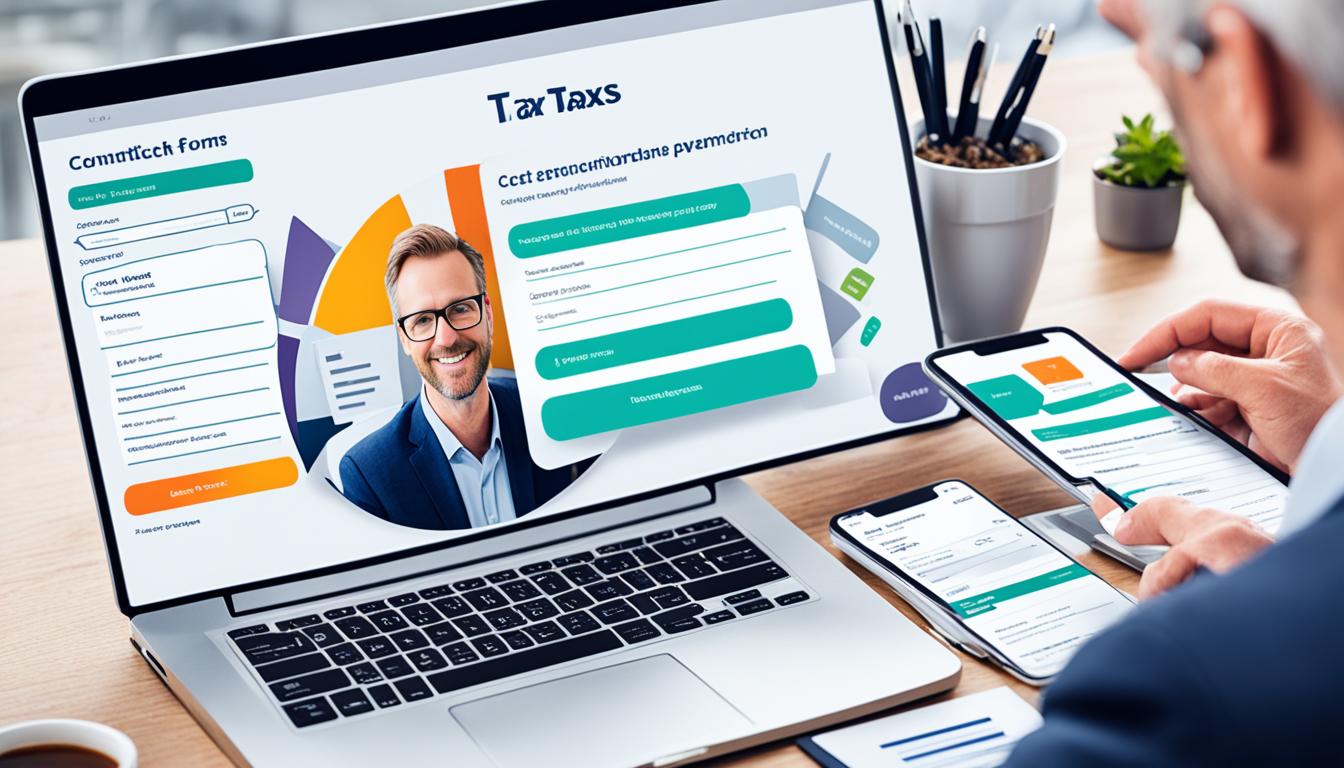
















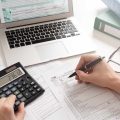


No Comments
Leave a comment Cancel